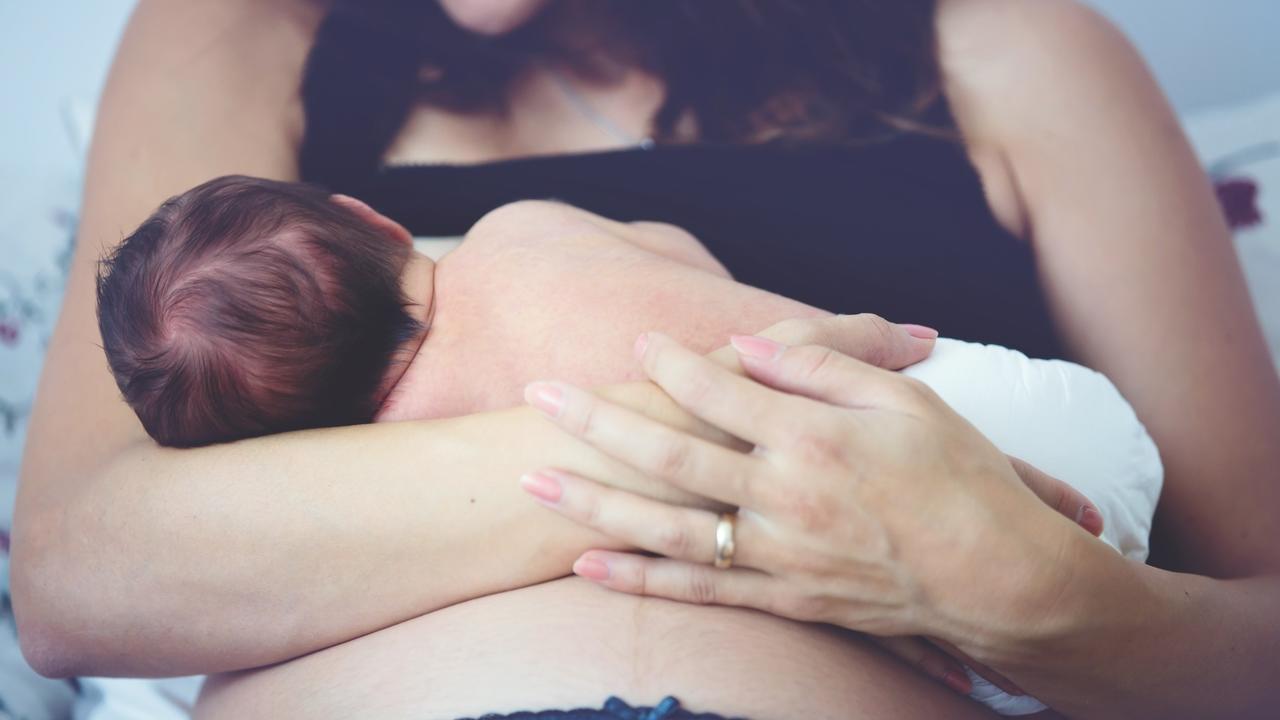Breastfeeding basics: position and latch

There are many ways to hold a baby while breastfeeding. The way they are positioned and latched can make a big difference to how much milk they are drinking and to overall breast and nipple comfort. It’s good to try a few different positions to see what feels the best for you and your newborn.
Here are a few general tips
Get ready
When you start breastfeeding you may not be able to get up for a while, so try to go the toilet beforehand. Make sure you have your water bottle or a cup of tea (or someone who can get for you!) before you breastfeed. It’s good to have some snacks in arms reach and perhaps a book.
Get comfortable
Find a position that you feel comfortable. When learning to breastfeed you may find it helpful to use pillows to help assist with positioning. Generally as you and baby get the hang of breastfeeding, you won’t need any props, which makes it easier to feed anytime, anywhere.
Tummy-to-tummy
This means the baby’s body is kept facing you. It’s good to check their alignment too. Try to keep baby’s body (head - shoulders - hips) in a relative line so they don’t have to strain their neck or twist their head in an unusual way. Bring baby close to you.
Nose-to-nipple
I know it makes sense that you would line your nipple up with the baby’s mouth but when they open their mouth wide, they tip their head back a little. So, line your nipple up with your newborns nose and this will help it be in the right position when they open their mouth.
Bring baby to breast
It’s best to bring baby to the breast rather than try to bring the breast to the baby. This means you can stay comfortable and line their latch up correctly.

Breastfeeding positions
The laid-back or reclining position
This can be a good position for early breastfeeding. It allows the baby to self-attach and can be a relaxing position for the mother. If you need help trying this position, ask your midwife or lactation counsellor to guide you.
The cradle hold
This is the ‘classic’ position shown in most breastfeeding photos or paintings. You can sit naturally with your baby in your arms. If they are feeding from the left side, the baby’s head is in the crook of the left arm (and vice versa for the right side).
The cross-cradle
This is similar to the cradle hold except you can provide extra support to your baby’s head by using your opposite hand. This helps bring the baby to your breast and provide more head support.
The football hold
This position is also know as ‘clutch’ and helps provide good support for the newborn’s head. This is a good position for preterm or small babies or those with low muscle tone. It’s also helpful for someone who has had a cesarean as it keeps the baby away from the incision site.
The side-lying position
This is a great position for resting while feeding. Simply lie down on your side and your baby lies down facing you, tucked in close. You may like to use a rolled up towel behind your baby’s back for support. You may also like a pillow between your knees. It can be difficult for you to see the latch so you may like assistance at first.
Out of all these positions, the main take-away message is to try different holds and find what feels best for you and your baby. Good positioning and latch are fundamental for breastfeeding success.
Remember to reach out if you need more support!
Do you want to feel more confident about birth?
Download the free natural birth checklist!
It has practical tips and natural suggestions for the three stages of labor, a packing list for birth, pictures of useful labour positions and helpful hints for partners.


